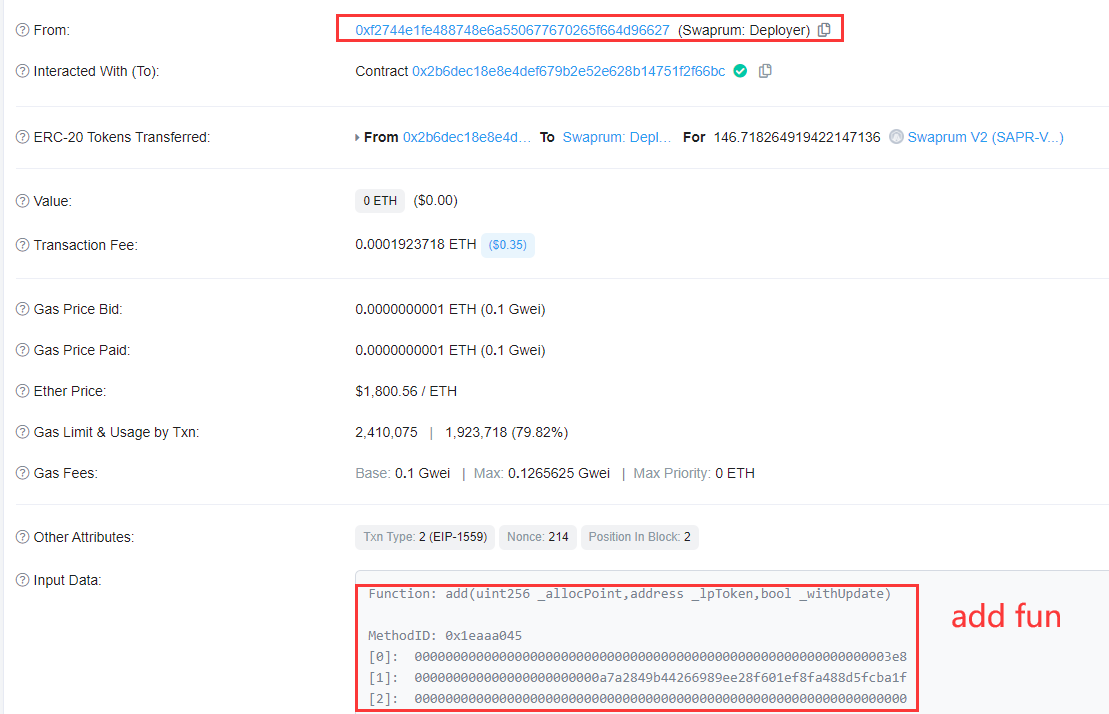#BeosinAlert
@Reaper_Farm Reaper Farm was hacked for ~$1.7M earlier today. The attacker (0x2c177d20B1b1d68Cc85D3215904A7BB6629Ca954) has deposited all stolen funds to Tornado.cash.
The addresses that suffered losses:
@Reaper_Farm Reaper Farm was hacked for ~$1.7M earlier today. The attacker (0x2c177d20B1b1d68Cc85D3215904A7BB6629Ca954) has deposited all stolen funds to Tornado.cash.
The addresses that suffered losses:

2/ As the owner address in _withdraw is controllable and without any access control, an attacker can withdraw any user’s assets by calling withdraw or redeem functions. 





3/ The attacker (0x5636e55e4a72299a0f194c001841e2ce75bb527a) was able to use the attack contract (0x8162a5e187128565ace634e76fdd083cb04d0145) to withdraw arbitrary users’ assets via the vulnerable contract ( 0xcda5dea176f2df95082f4dadb96255bdb2bc7c7d).
• • •
Missing some Tweet in this thread? You can try to
force a refresh






















